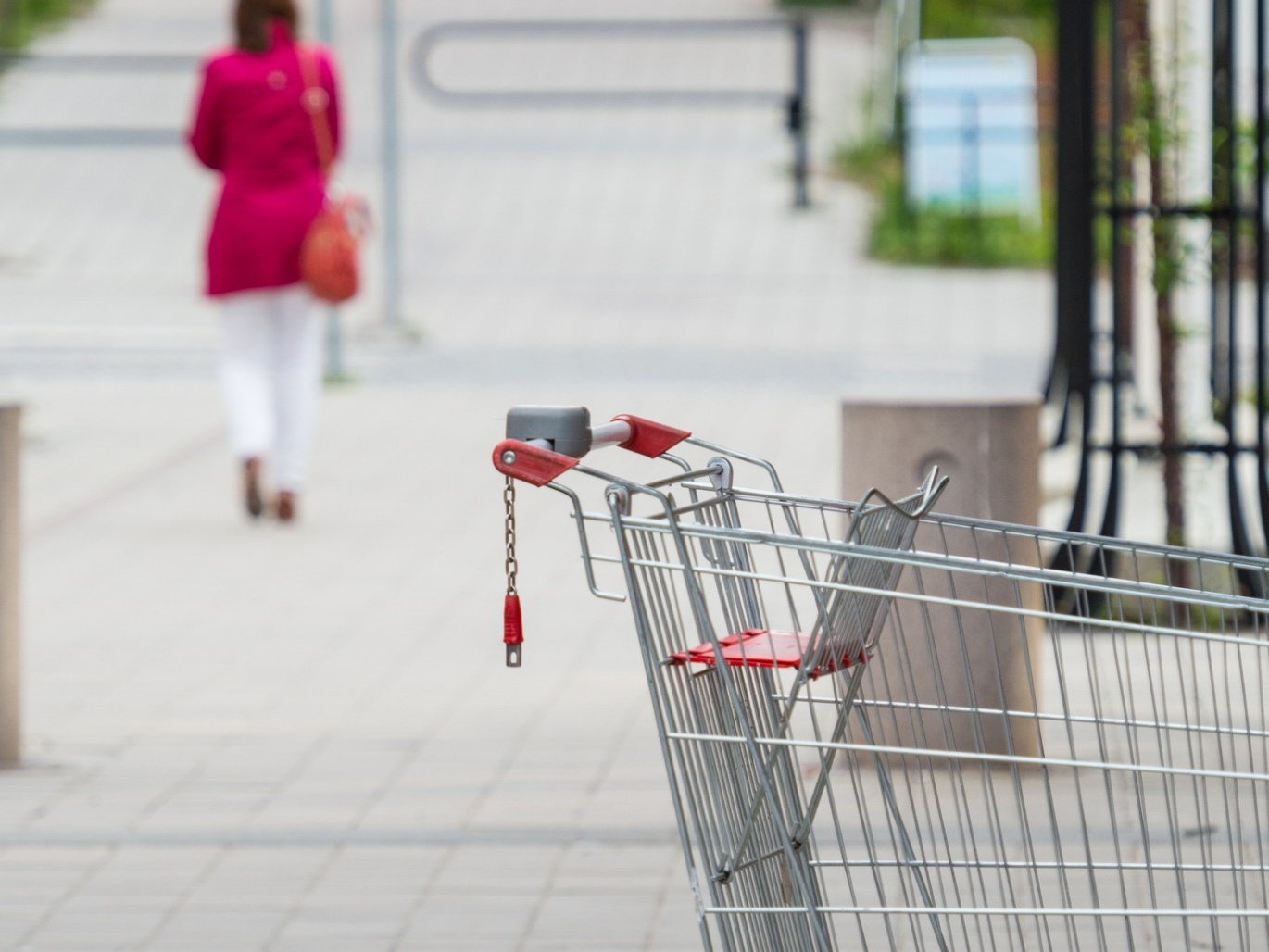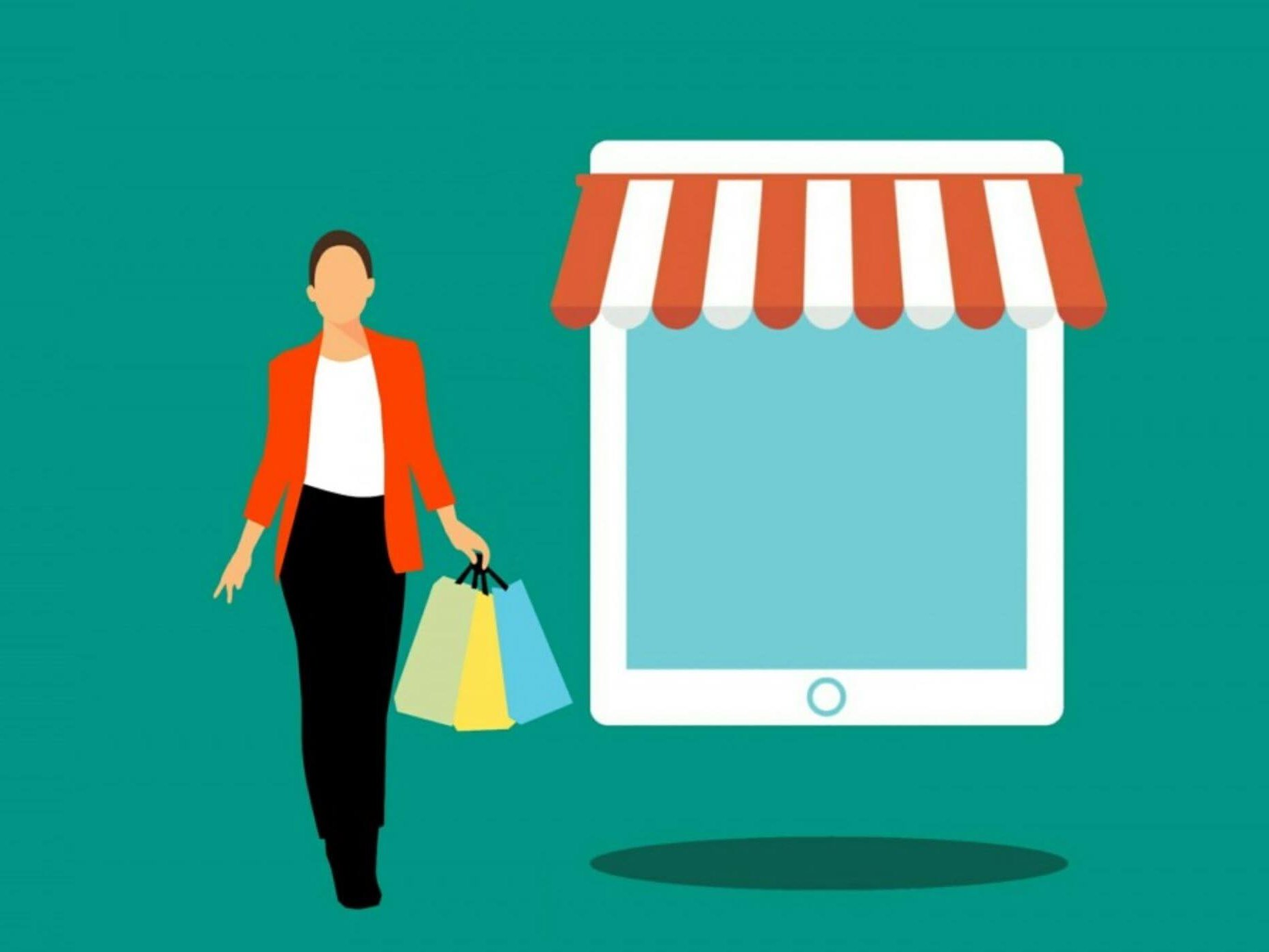What Is Conversion Marketing? Strategies for Shopify Success
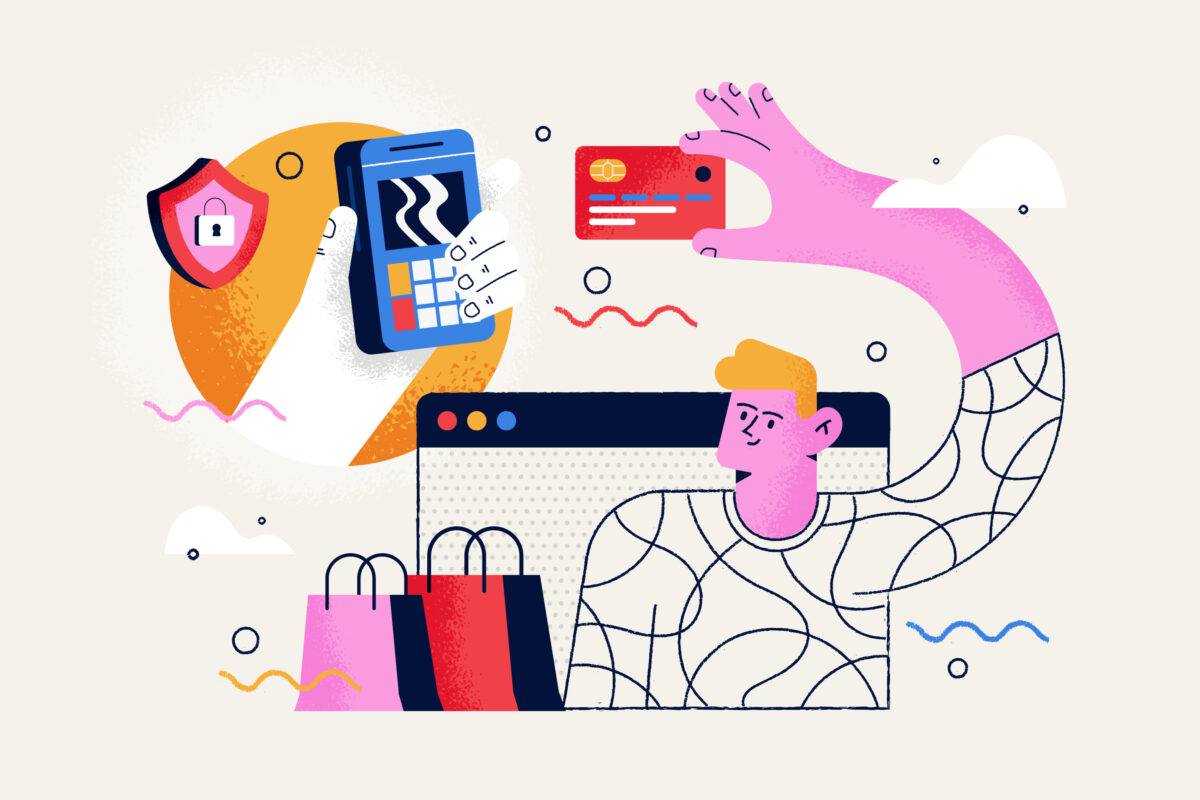
If you’re running a Shopify store, every visitor that lands on your site is an opportunity. The question is—how many of those opportunities are you actually turning into customers?
The difference between a store that sells and a store that thrives often comes down to one thing: conversion marketing. It’s not about throwing money at ads or trying to out-shout your competitors. It’s about making every interaction count—turning those “just browsing” moments into “shut up and take my money” moments.
So, how do you get more people to hit that buy now button? How do you turn traffic into actual, measurable revenue? Let’s dive into strategies built for Shopify success—real tips, backed by real results.
In this guide:
What Is Conversion Marketing?
The Conversion Funnel in Marketing
Why Does Conversion Marketing Matter for Shopify Stores?
Proven Conversion Strategies for Shopify Success
Conversion Strategy Examples
FAQs
Ready to Boost Your Shopify Conversions?
What Is Conversion Marketing?
Think of conversion marketing as the art of persuasion—but in a non-sleazy, “I actually care about my customers” way. It’s all about encouraging your website visitors to take action. That action could be anything from buying a product to signing up for a newsletter or even adding an item to their cart.
On Shopify, every pixel of your store should be designed with one question in mind: How do I make it easier for my customers to say yes?
So, What Counts as a Conversion in Marketing?
A conversion can be any action you want someone to take. For Shopify stores, that could mean:
- Making a purchase (the ultimate win)
- Signing up for your email list
- Adding products to a cart or wishlist
- Leaving a review or rating
- Downloading a resource, like a size guide or eBook
Every one of these moves your customer one step closer to buying—and that’s what conversion marketing is all about.
The Conversion Funnel: Guiding Shoppers from Awareness to Action
The conversion funnel maps the journey customers take from discovering your brand to making a purchase.
Each stage of the funnel works together to turn casual visitors into loyal customers. Use the infographic below as a visual guide for crafting your own conversion marketing strategy.
1. Top of Funnel (TOFU): Awareness
At this stage, the goal is to attract and inform potential customers about your brand and products. This is where you introduce your solution and build brand recognition.
2. Middle of Funnel (MOFU): Consideration
Once customers are aware of your brand, it’s time to nurture and engage prospects by providing the information they need to move closer to a purchase. At this stage, your focus should be on building trust and demonstrating value.
3. Bottom of Funnel (BOFU): Decision
Now that prospects are ready to make a decision, it’s time to convert them into buyers. Eliminate any last-minute hesitations and make the purchasing process seamless with strong calls to action.
Why Does Conversion Marketing Matter for Shopify Stores?
You’re already working hard to get people to your site—whether through SEO, ads, or social media. But if those visitors leave without taking action, it doesn’t matter how much traffic you have.
The magic happens when you can turn those visits into sales—and that’s where conversion marketing comes in.
- Higher revenue without higher traffic: You don’t need more visitors—you need more of your current visitors to convert.
- Better return on investment (ROI): Every dollar you spend on marketing goes further when more people actually buy.
- Improved customer experience: A well-optimized store isn’t just good for your wallet—it makes shopping easier and more enjoyable for your customers.
What’s a Good Shopify Conversion Rate Anyway?
Most Shopify stores see a conversion rate of 1% to 3%—that means for every 100 visitors, only 1 to 3 actually buy something. If you’re hitting 5%, you’re doing better than most. But if you’re climbing toward 7%? You’re crushing it.
Don’t panic if you’re not there yet. Even small tweaks can have a big impact—and that’s what the next section is all about.
💡Related Reading: What is Conversion Rate Optimization?
Proven Conversion Strategies for Shopify Success
1. Optimize Your Product Pages
By the time a visitor lands on your product page, they’re already considering making a purchase. This is where you remove doubts and make the decision easier by providing all the information they need.
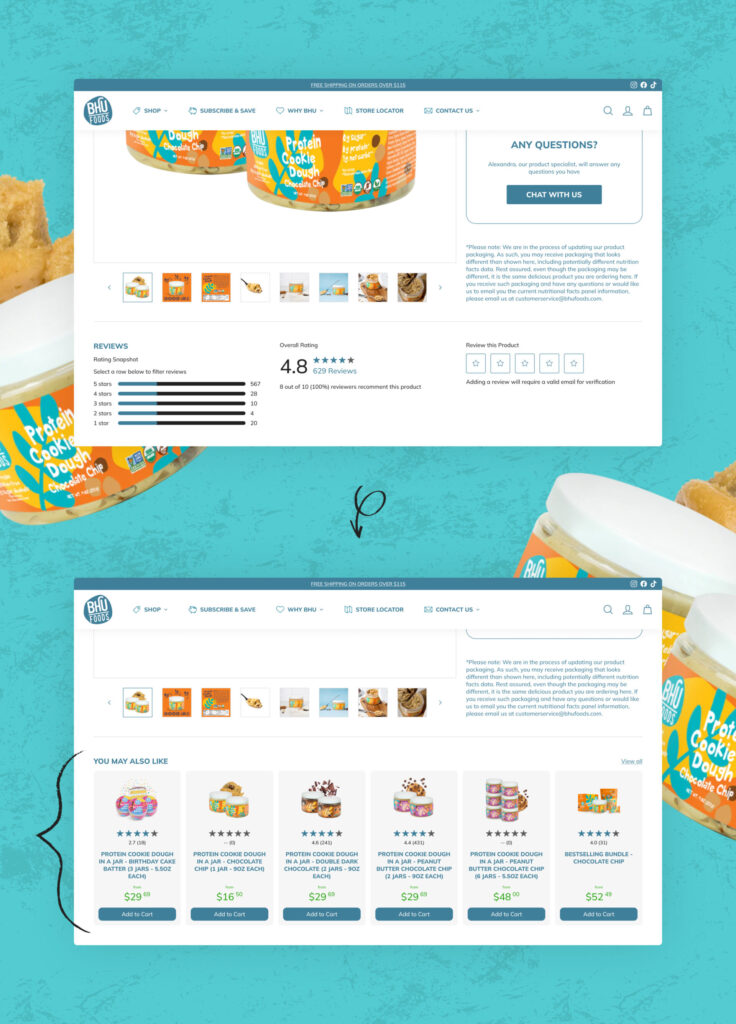
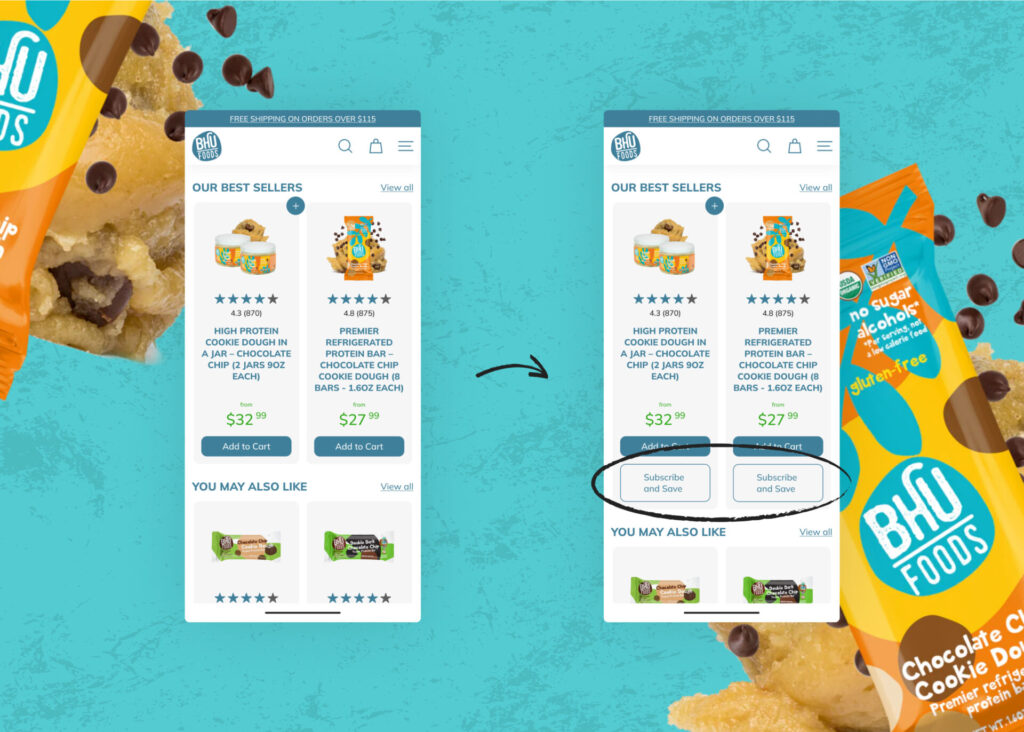
Key optimizations:
✔ High-quality visuals – Showcase products with clear, high-resolution images from multiple angles.
✔ Persuasive copy – Highlight benefits, not just features. Tell customers how your product improves their life.
✔ Social proof – Display reviews, testimonials, and user-generated content to build trust.
✔ Transparent information – Be upfront about pricing, shipping, return policies, and delivery times.
💡 Why It Works in the Funnel:
This strategy targets MOFU & BOFU visitors who are actively considering a purchase but need clarity and reassurance before taking action.
2. Simplify Your Checkout Process
A complicated checkout process is one of the biggest reasons customers abandon their carts. Once a shopper reaches checkout, your job is to make the final step as frictionless as possible.
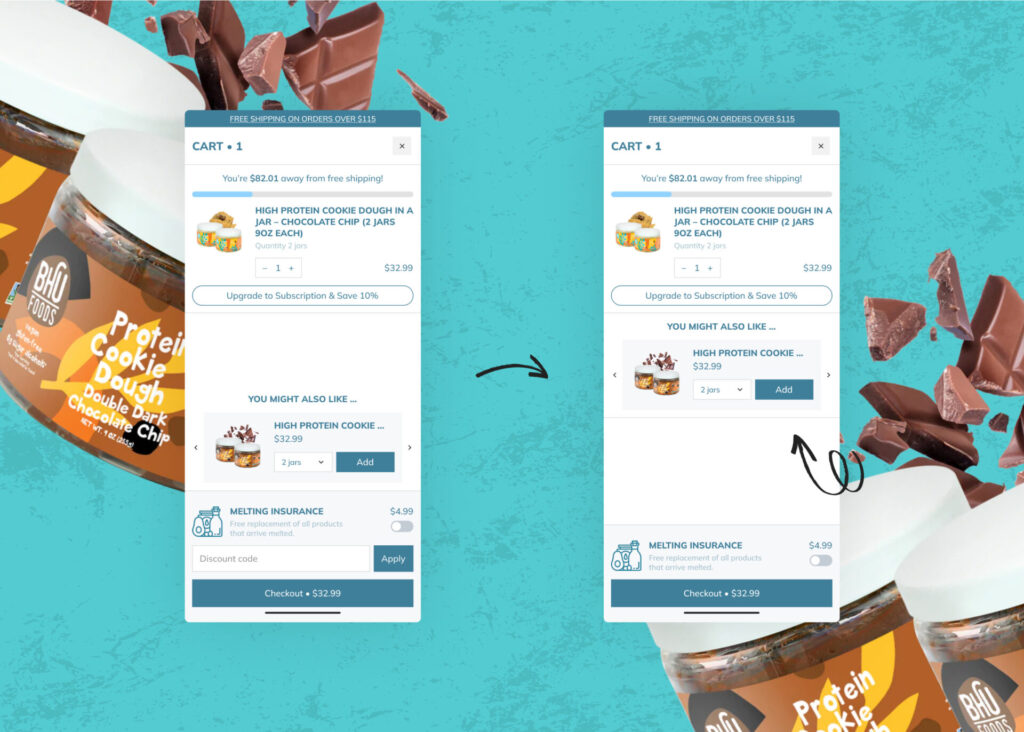
How to streamline checkout:
✔ Offer guest checkout options.
✔ Keep form fields minimal—only ask for essential information.
✔ Clearly display shipping costs early to avoid surprises.
✔ Provide multiple payment options (PayPal, Apple Pay, Google Pay).
💡 Why It Works in the Funnel:
This is a BOFU tactic designed to remove obstacles that could prevent a visitor from completing their purchase.
3. Optimize for Mobile Shoppers
With more than 50% of Shopify purchases happening on mobile, ensuring a seamless mobile experience is critical. Shoppers at this stage have already expressed interest and need a smooth, frustration-free browsing experience.
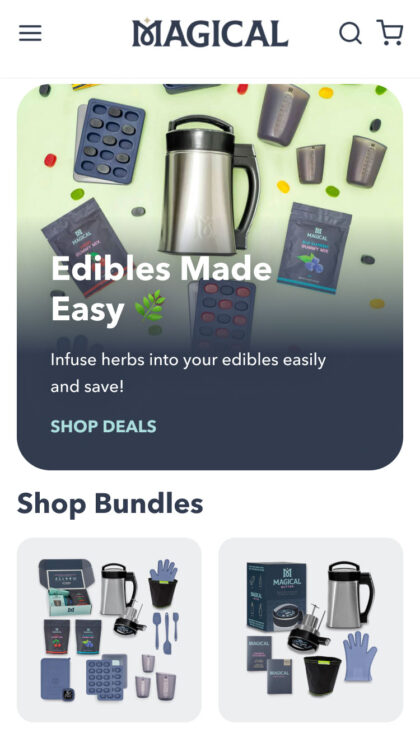
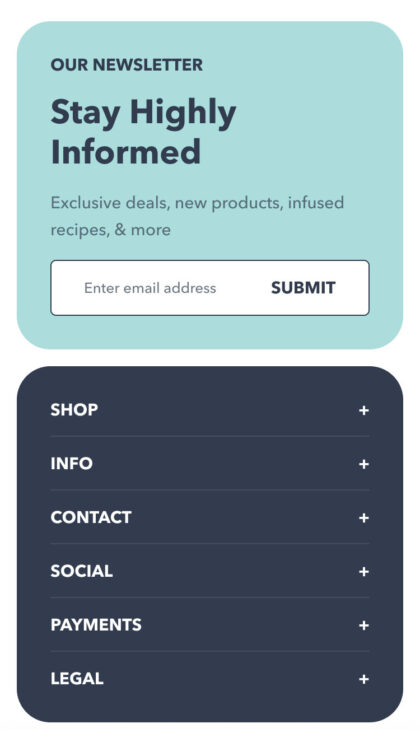
How to improve mobile conversions:
✔ Ensure your Shopify store is mobile-responsive, adjusting images, text, and buttons for smaller screens.
✔ Compress images and minimize code for faster page load times.
✔ Simplify navigation with clear menus and easy-to-tap buttons.
💡 Why It Works in the Funnel:
A poorly optimized mobile experience frustrates shoppers and leads to drop-offs, especially in the MOFU & BOFU stages when users are actively browsing and considering a purchase.
📲 Need more mobile optimization tips? Check out 5 strategies to boost Shopify mobile sales.
4. Personalize the Shopping Experience
Customers respond better to experiences that feel tailored to their needs. At this stage, personalization can make a huge difference in moving shoppers closer to conversion.
How to implement personalization:
✔ Use AI-powered product recommendations based on browsing history.
✔ Send personalized emails with exclusive discounts or abandoned cart reminders.
✔ Offer custom promotions for repeat visitors or returning customers.
💡 Why It Works in the Funnel:
This strategy targets MOFU shoppers, helping nurture relationships and reinforce product relevance before they commit to buying.
5. Build Trust Through Social Proof
Shoppers need trust signals before they feel comfortable making a purchase—especially if they’re discovering your brand for the first time.
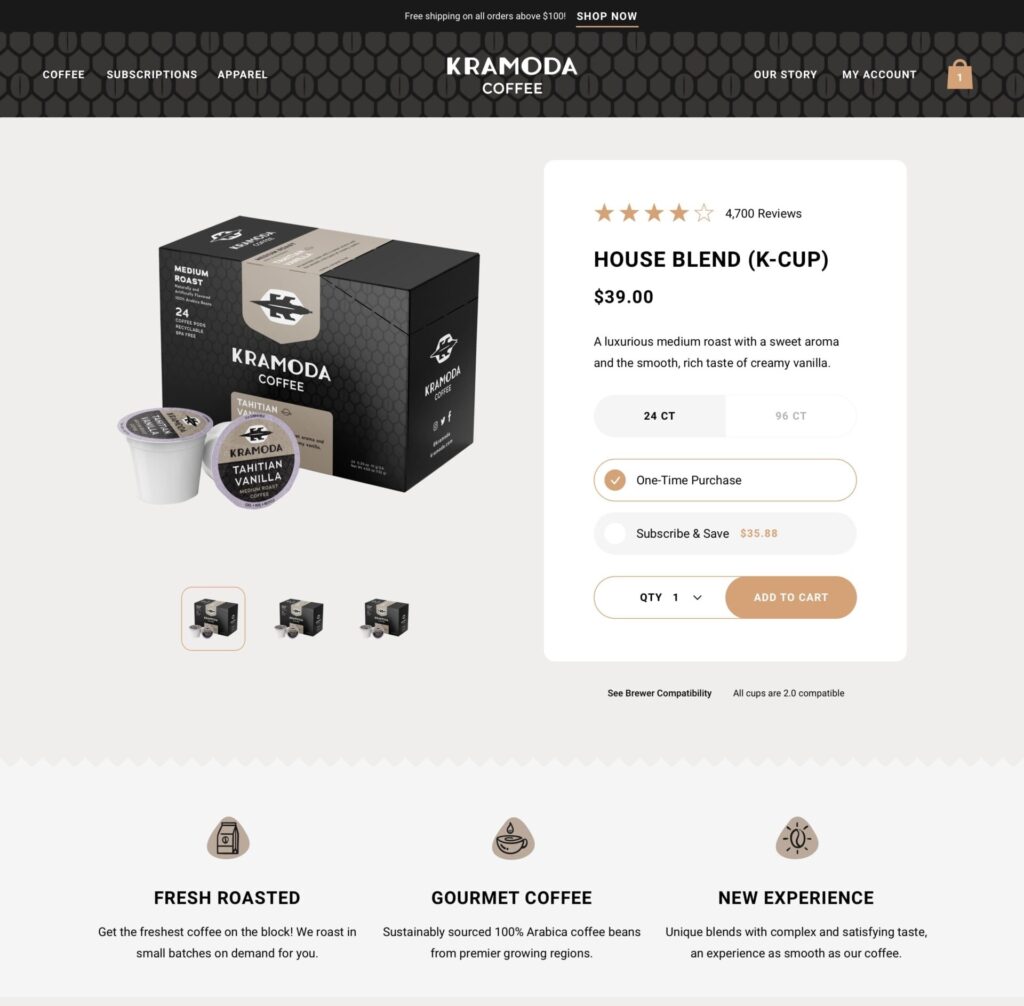
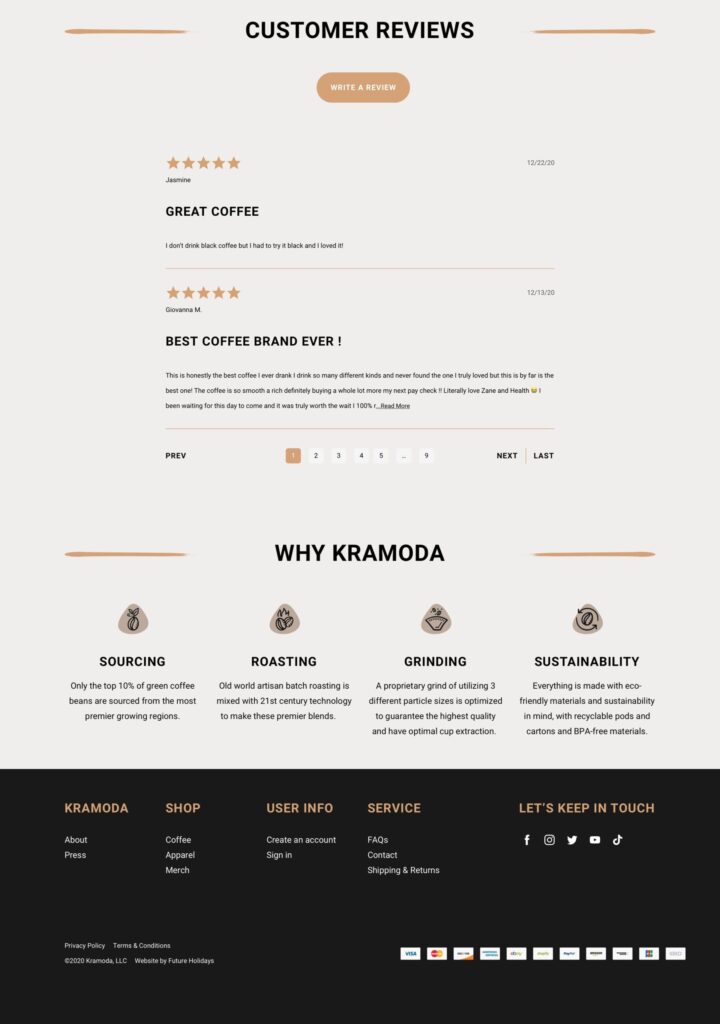
Ways to build credibility:
✔ Showcase verified customer reviews and testimonials on product pages.
✔ Highlight user-generated content like customer photos or social media posts.
✔ Display secure payment icons and return policies for reassurance.
💡 Why It Works in the Funnel:
For MOFU shoppers, social proof acts as reassurance. For BOFU shoppers, it eliminates last-minute hesitation and strengthens confidence in their decision.
6. Implement Exit-Intent Popups
Sometimes, shoppers need a final incentive before they leave your site. Exit-intent popups help capture hesitant visitors and give them a reason to stay or return.
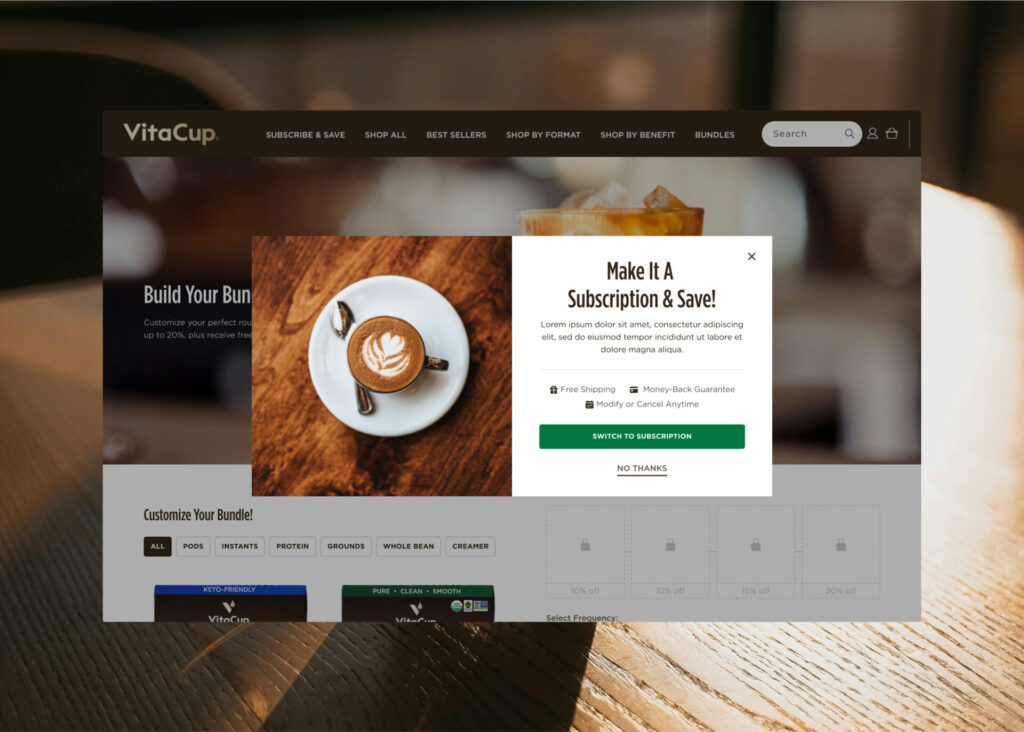
Best practices for exit-intent popups:
✔ Offer a discount or free shipping for first-time buyers.
✔ Highlight a limited-time offer to create urgency.
✔ Provide an incentive for signing up for your email list (e.g., 10% off first purchase).
💡 Why It Works in the Funnel:
This strategy targets MOFU & BOFU visitors who are close to making a decision but need a gentle push to convert.
7. Use Urgency and Scarcity to Drive Action
Creating a sense of urgency encourages shoppers to act quickly instead of leaving a purchase for later (or forgetting altogether).
How to use urgency and scarcity effectively:
✔ Display limited-time offers with countdown timers.
✔ Show low-stock alerts on high-demand products.
✔ Highlight exclusive VIP deals for email subscribers.
💡 Why It Works in the Funnel:
This strategy works best for BOFU shoppers who are interested but hesitant—encouraging them to finalize their purchase before they miss out.
Conversion Strategy Examples from Successful Shopify Brands
Seeing conversion strategies in action makes all the difference. Here are two brands that transformed their Shopify stores with Future Holidays—and saw serious results.
1. BHU Foods: Faster Site, Higher Conversions
Slow load times and a clunky user experience were holding back BHU Foods—a brand focused on healthy snacks. They needed a streamlined Shopify store that worked better for their customers.
Future Holidays stepped in to optimize site speed, improve navigation, and enhance the mobile experience. The results?
✅ 40% increase in conversion rates
✅ 16% boost in monthly online sales
✅ A faster, smoother shopping experience
👉 See how BHU Foods transformed their conversions.
2. Magical Butter: Boosting Mobile Conversions & Sales
With over 80% of visitors on mobile, Magical Butter knew their Shopify store needed a better mobile experience. A sluggish site and poor navigation were costing them sales.
Future Holidays stepped in with a complete mobile-first redesign, improved site speed, and A/B testing to refine the customer journey. Within a month:
✅ 2.78% increase in conversions
✅ 12.91% rise in average order value (AOV)
✅ Smoother, faster shopping experience
👉 Discover how Magical Butter turned mobile visitors into loyal customers.
Frequently Asked Questions About Shopify Conversions
What counts as a conversion?
Anything that moves a visitor closer to becoming a customer—like making a purchase, signing up for a newsletter, or adding an item to their cart.
What should I track to measure success?
Watch your conversion rate, bounce rate, average order value, and cart abandonment rate to see how well your store is performing.
How often should I optimize my Shopify strategy?
At least quarterly. But if you’re running high-traffic campaigns, check your data monthly.
What kills conversion rates?
Slow site speed, poor mobile optimization, hidden costs at checkout, and a confusing user experience.
Ready to Boost Your Shopify Conversions?
There’s no magic formula to skyrocket conversions overnight—but with the right strategies, every tweak you make gets you closer to where you want to be. The best part? You don’t need more traffic—you just need to make the most of the visitors you already have.
If you’re ready to level up your Shopify store and turn browsers into buyers, reach out to Future Holidays. We’ll help you craft a conversion strategy that’s tailor-made for your brand—and built to last.

 Ryan Kodzik
Ryan Kodzik 